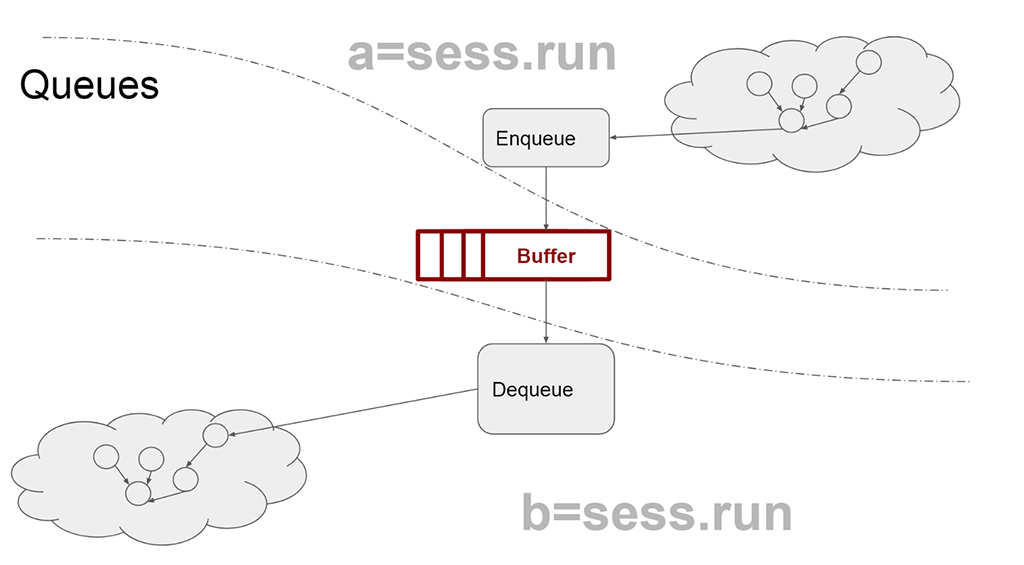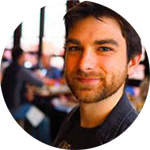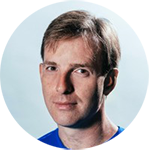Pose Estimation, Queues, and Input Pipelines in TensorFlow


Below are the videos from the TensorFlow San Francisco meetup—sponsored and organized by Altoros on May 17, 2016.
Pose estimation with TensorFlow
In his session, Alex Londeree of Knit Health talks about the challenges of pose estimation and the possible ways out. For instance, he mentions such difficulties as the poor quality of the images, the necessity to work on the occluded pose elements, etc. To overcome these obstacles, the Knit Health’s team pre-trains a model with an FCN architecture, making use of specialized spatial regressors.
TensorFlow queues and input pipelines
Yaroslav Bulatov, previously working for Google and now as an independent ML consultant, talks about parallel execution (with Python, inter alios), TensorFlow queues / queue runners, and everything in between.
Fireside chat
At the wrap-up of the meetup, Alex and Yaroslav answered some questions from the audience, regarding fields of TensorFlow use, TensorBoard, etc.
Join our group to stay informed about the upcoming meetups!
Further reading
- TensorFlow in Action: TensorBoard, Training a Model, and Deep Q-learning
- Visualizing TensorFlow Graphs with TensorBoard
- Performance Benchmark: Caffe, Deeplearning4j, TensorFlow, Theano, and Torch
About the speakers








